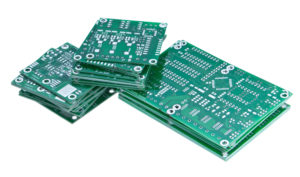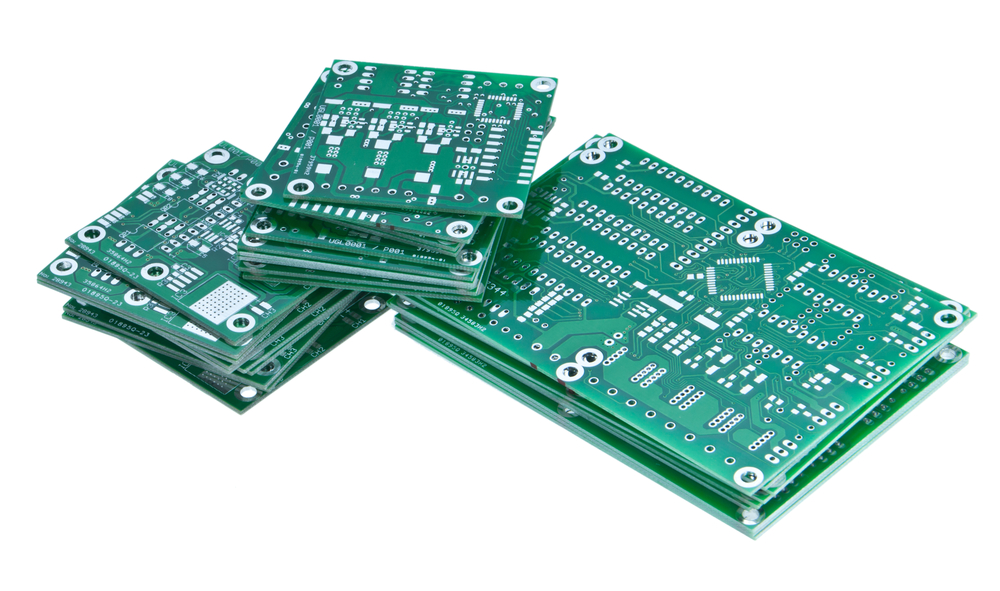In today’s rapidly advancing technological world, printed circuit boards (PCBs) are the backbone of virtually all electronic devices. The assembly of PCBs is a critical process that ensures the functionality and reliability of electronic components. At YIC Assm, we specialize in a variety of PCB assembly techniques to meet the diverse needs of our clients. This blog will provide an overview of these techniques and their importance in modern electronics.
Surface Mount Technology (SMT)
Surface Mount Technology (SMT) is the most widely used PCB assembly technique today. It involves mounting electronic components directly onto the surface of the PCB. This method allows for more components to be placed on both sides of the board, leading to higher circuit densities.
Advantages of SMT:
- Space Efficiency: Components are smaller and can be placed closer together, saving space.
- Cost-Effective: Reduced material costs and automation of the assembly process lower overall costs.
- Improved Performance: Shorter connections reduce resistance and inductance, improving performance.
For more details on our SMT services, visit our PCB Assembly page.
Through-Hole Technology (THT)
Through-Hole Technology (THT) is an older method where electronic components are inserted into holes drilled in the PCB and soldered to pads on the opposite side. Despite being largely replaced by SMT, THT is still used for components that require strong mechanical bonds, such as connectors and transformers.
Advantages of THT:
- Strong Connections: Provides robust mechanical bonds, suitable for high-stress environments.
- Reliability: Better suited for high-reliability products that may face environmental stresses.
Learn more about how we integrate THT in our assembly processes on our PCB Assembly page.
Mixed Technology
In some cases, a combination of SMT and THT is used, known as mixed technology. This approach leverages the benefits of both methods, using SMT for high-density components and THT for components needing strong mechanical support.
Advantages of Mixed Technology:
- Flexibility: Allows for the best of both worlds, accommodating various component types.
- Versatility: Ideal for complex assemblies with diverse requirements.
Discover how mixed technology can enhance your projects by visiting our PCB Assembly page.
PCB Assembly Process at YIC Assm
At YIC Assm, we follow a meticulous PCB assembly process to ensure the highest quality and reliability. Here’s a brief overview of our process:
- Design and Prototype: We start with your design specifications and create prototypes to validate the design.
- Component Procurement: We source high-quality components from trusted suppliers.
- Assembly: Using advanced machinery and skilled technicians, we assemble the PCB using SMT, THT, or mixed technology.
- Inspection and Testing: Rigorous inspection and testing ensure that the assembled PCBs meet your exact requirements.
- Delivery: Finally, we deliver the fully assembled and tested PCBs to your location.
 For a detailed breakdown of our assembly process, check out our PCB Assembly page.
For a detailed breakdown of our assembly process, check out our PCB Assembly page.
Understanding the various PCB assembly techniques is crucial for choosing the right method for your electronic projects. Whether you need the high-density capability of SMT, the mechanical strength of THT, or the versatility of mixed technology, YIC Assm has the expertise and resources to deliver top-quality PCB assemblies.

